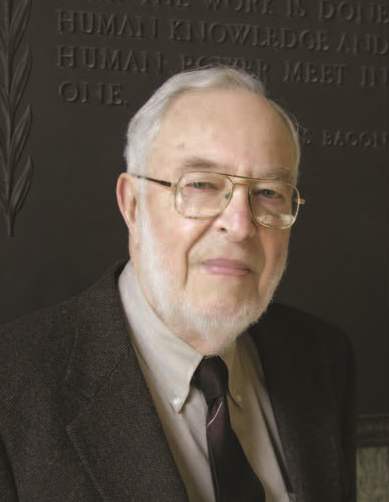Year: 2005
Above absolute zero, molecules, ions, conduction electrons and other particles, in any liquid, gas, or solid, have significant thermal motion, which can be translational, vibrational, and/or rotational. For example, in an ideal H2 gas in equilibrium, at 300 K, the root-mean-square of the translational velocity, per particle, vrms is about 1.93 km/s. More significantly, for conduction electrons in copper, vrms is about 1.22 x 103 km/s. Since all such particles have finite masses, then thermal motion is inevitably associated with highly ap-preciable particle kinetic energy and momentum. Classical thermodynamics as evolved in the 19th century, has accounted for, among common parameters, the particle kinetic energy, while totally ignoring the particle thermal momentum. In 1905, however, in his theory of Brownian motion, Einstein introduced that important thermophysical concept into thermodynamics. Specifically, he calculated the force acting on particles suspended, or dissolved in a liquid, under the diffusion action. To derive that force, Einstein followed substantially the same mechanical approach used by Maxwell in 1960, who determined the force acting on a ideal gas diffusing in another. This paper shows that a generalized form of the Maxwell-Einstein diffusion force, applicable to most systems, can be derived thermodynamically, by accounting for the time-rate of change of the particle thermal momentum. The resulting, generalized diffusion force fD, per particle, has proved to be highly significant, particularly in interfacial systems. Determining how fD would interact in any system, under equilibrium and nonequilibrium conditions, with electric, and other fields involving action-at-a-distance, has led to a new general thermodynamic theory.1,2 Applying that theory to semiconductor diodes and solar cells has predicted the voltage-current characteristics of such devices. Theory has accurately been corroborated by extensive experimental characteristics reported by some 27 authors in a period exceeding a quarter century.1,2 The experiments were conducted in the temperature range: 4.2 and 800K. In one experiment the maximum-to-minimum current ratio exceeded 10 orders of magnitude. More recently, the present thermodynamic theory has revealed a new fundamental result: that the first and second laws require the existence of electric charges at almost all surfaces, membranes, and other interfaces. This interesting result, which is verifiable experimentally, can now explain numerous, diversified phenomena, of interdisciplinary interest,3 such as: surface tension, capillarity, which is essential to plant and animal life, light particle adhesion, the suspension of fog, atmospheric electricity, the forces that shape tornados, and even one phenomenon first reported in Ancient Greece, by Thales of Miletus, some 26 centuries ago: the generation of static electricity by rubbing two different insulators against one another. The thermodynamically required interfacial electrification further confirms Newton's speculation in the 18th century that interfacial forces might be electric in nature.
References:
- M. A. Melehy, Physics Essays, 10, (2), 287-303 (1997).
- idem, Foundations of the Thermodynamic Theory of Generalized Fields," (Baltimore: Mono, 1973).
- idem, Physics Essays, 11, (3), 430-443 (1998); 14, (1), 49-58 (2001).


